
Food Processor Buying Guide
A food processor can help reduce prep time and labor costs in virtually any commercial kitchen. Just one processor can puree soups, grind meat, and knead dough with the proper attachments, making it an incredibly versatile and valuable appliance. Be sure to check out our commercial food processor reviews as well!
Types of Food Processors
There are five types of commercial food processors: batch bowl food processors, continuous feed food processors, combination food processors, Buffalo choppers, and vertical cutter mixers. Each type of processor is better-suited to a different set of tasks and level of demand, so consider what you'll be using it for and how frequently you'll be using it when making your decision.
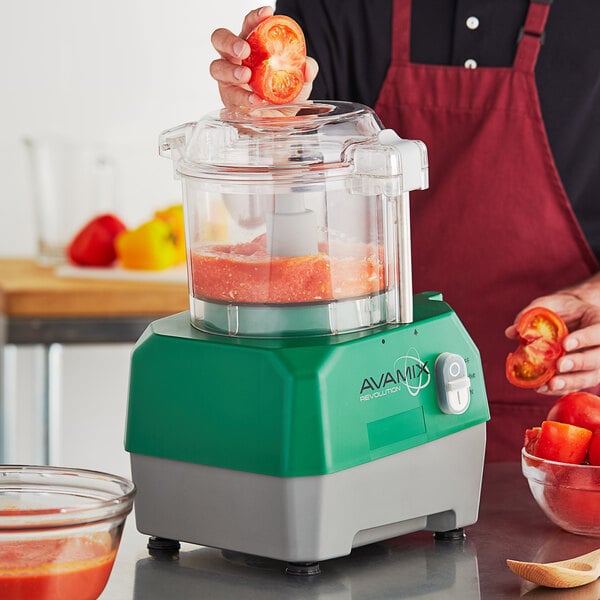
Batch Bowl Food Processors
- Batch bowl food processors are great for applications where you'll be working with small to medium-size batches, and you want the convenience of containing all of your finished product.
- Generally speaking, you have more possible processing options including chopping, slicing, shredding, grating, whipping, and pureeing. Batch bowl units cannot generally make dice cuts of a precise, specified size like 1/2", 3/8", etc. What you can do depends on your S-blade or disc options.
- These food processor bowls can usually hold between 1 and 6 quarts, which limits the batch size, although there are larger sizes for industrial units. Using multiple bowls in rotation can help increase efficiency and save time during food preparation. Most bowls are made of plastic, but some are made of stainless steel for added durability and strength.
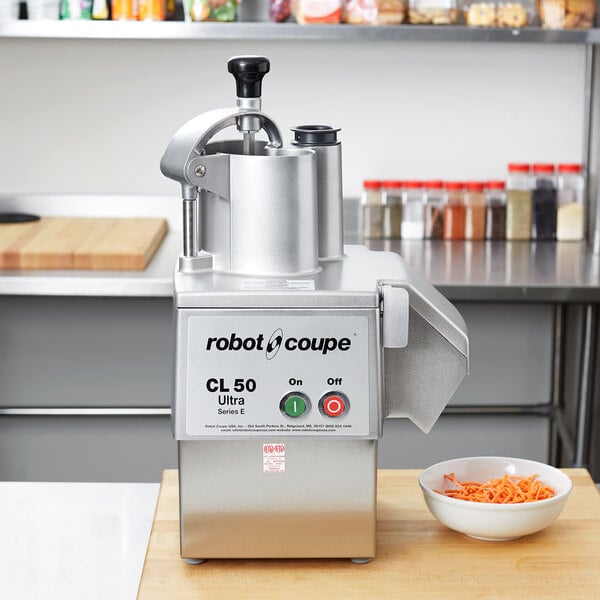
Continuous Feed Food Processors
- Continuous feed food processors are great for applications where you will be processing lots of ingredients and a batch bowl would limit productivity.
- Used for heavy-duty slicing, shredding, grating, and precise dicing sizes like 1/2", 3/8", etc. What you can do depends on your disc and plate options.
- You can continuously feed product into a chute or hopper while the processor runs, and dispense into a separate container, which saves on prep time when working with large batches of food.
- A pusher assembly lets you apply even pressure and feed items down into the processing chamber for consistent results.

Combination Food Processors
- Combination food processors have both a batch bowl and a continuous feed head, which lets you adapt to different situations and processing needs depending on what your menu demands.
- The batch bowl is great when working in small quantities or when you need some of the more versatile cut types that a batch bowl can tackle.
- The continuous feed head is great for when you need to increase production and slice or dice large quantities of produce.
- Like the other processor types, what you can do depends largely on the types of S-blades, discs, and plates the manufacturer offers.
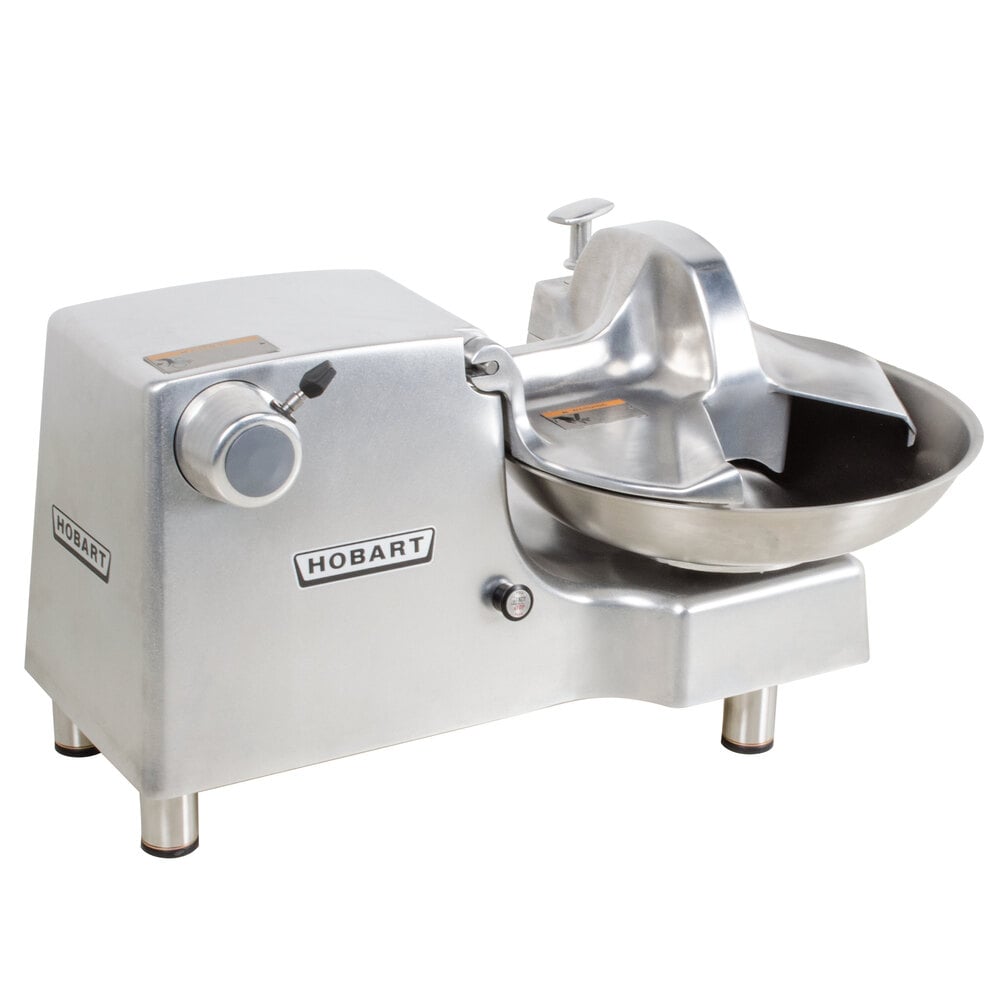
Buffalo Choppers
- Also known as bowl choppers, Buffalo choppers are great for applications where you need to chop up or emulsify lots of heavy or dense items like meats, cabbage, and carrots.
- They're built with high production use and durability in mind. Heavy-duty knives and bowls let you power through items that other food processors might have difficulty with.
- Units with a PTO hub add to your versatility by letting you attach and power additional accessories, like slicer attachments.

Vertical Cutter Mixers
- Vertical cutter mixers are great for applications where you need to chop, grind, mince, emulsify, or knead large quantities of product at a time.
- Feature large bowls and heavy-duty motors to process large amounts of food quickly.
- Include a timer to ensure consistency batch after batch.
- ideal for cafeterias, dining halls, healthcare facilities, institutional facilities, and food manufacturing plants.
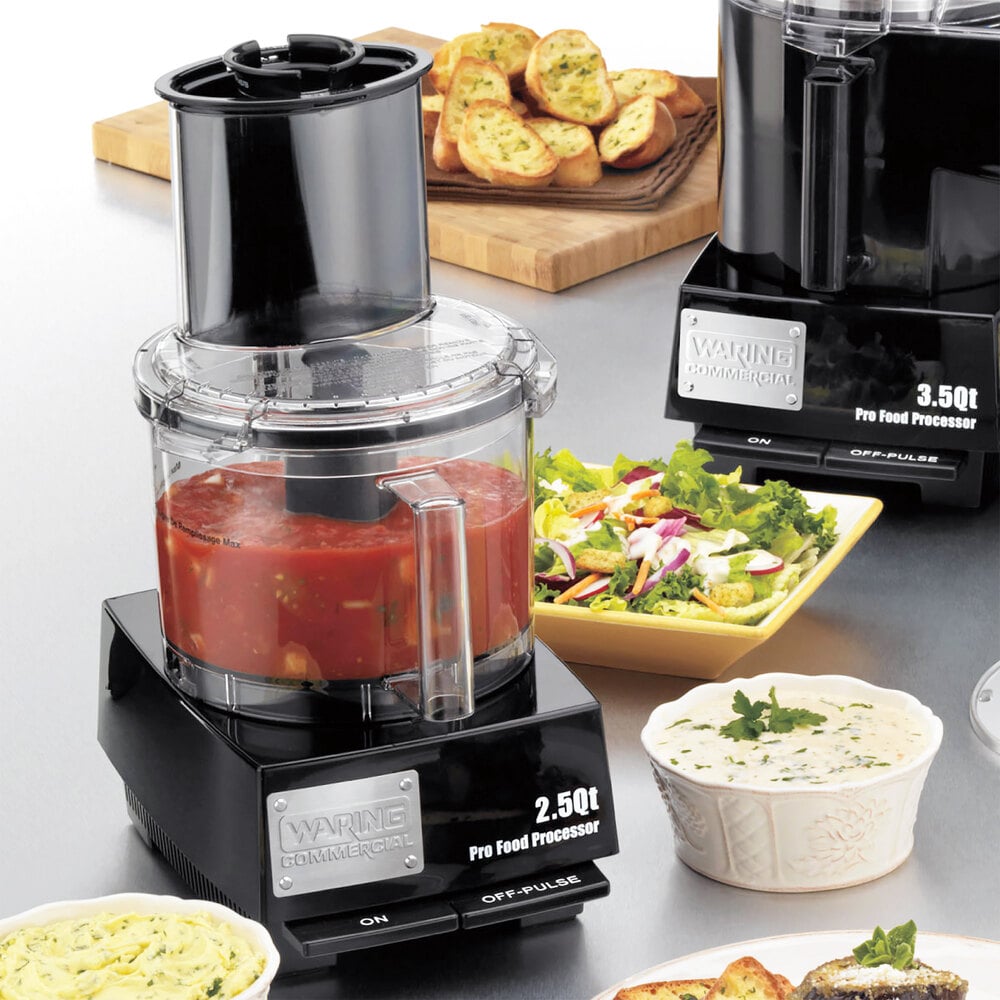
Food Processors vs. Blenders
Generally blenders are designed to only emulsify foods into a liquid form (like a smoothie or a frozen drink), whereas food processors can completely puree / emulsify and also handle a wider range of tasks like slicing, shredding, chopping, and dicing, too. The key difference is that food processors have a wide range of accessory discs and blades that let them take on these differing tasks, whereas blenders are limited to a blade assembly in the blender jar.

Food Processor Motors
A food processor's motor is the most fundamental part of the machine. The motor's power is commonly rated in horsepower (hp for short) - the higher the horsepower, the stronger the motor.
- Higher horsepower, heavy-duty units can handle higher production volumes, frequent use, and more difficult foods like meat, cheese, and very dense vegetables.
- Lower horsepower, light-duty units let you handle just a few hours of work each day, and trade some performance for affordability. For small batches of prep work, they're a great solution though!
- Medium-duty units fall somewhere in the middle, giving you a good amount of power without the higher price tag of high horsepower models.
Types of Food Processor Discs and Blades
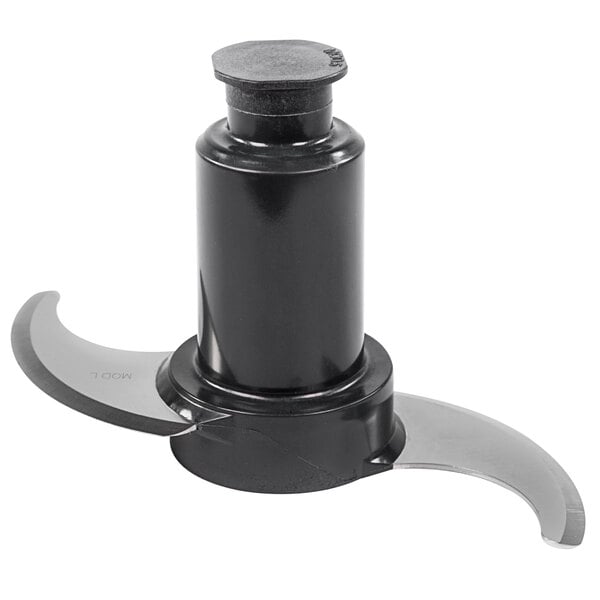
- Clean cuts, chopping
- Use for: raw meat, most varieties of vegetables
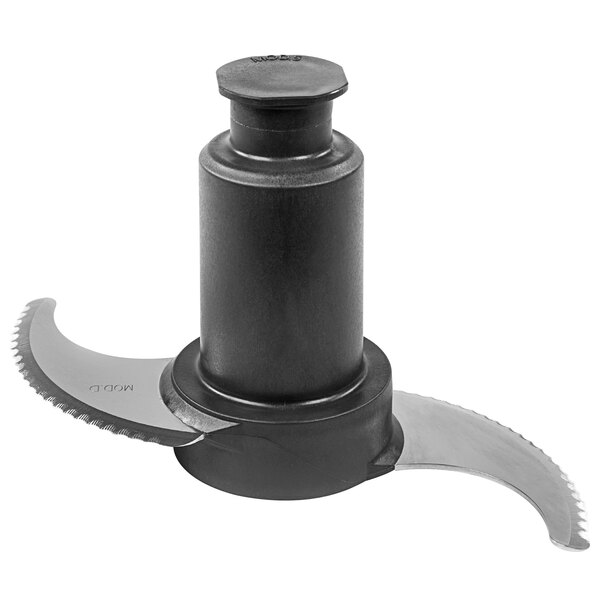
- Chopping, pureeing
- Use for: frozen products, nuts, cooked meat, herbs

- Mixes liquids well
- Use for: sauces, mayonnaise, aioli, cocktail sauce

- Flat, thin slices
- Use for: cucumber slices, jalapeno rings, carrot slices

Julienne Discs
- Long, "straw" type cuts
- Use for: vegetable "sticks", hash browns, garnishes
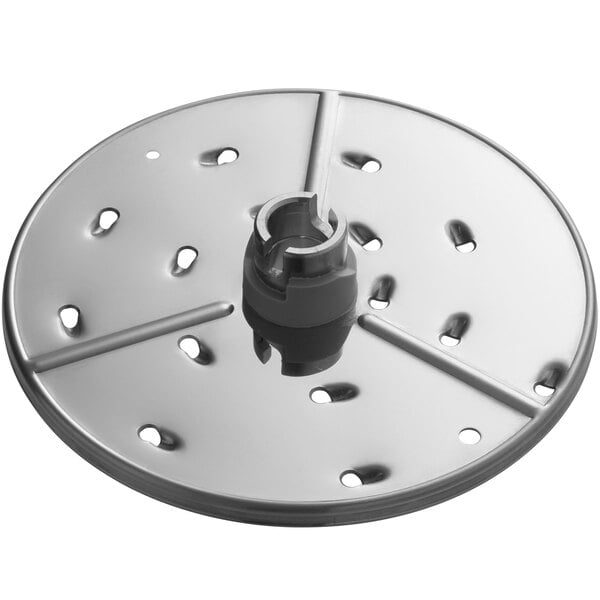
- Powder, or long/thin cuts
- Use for: shredded cheese, grated hard cheese, citrus zest
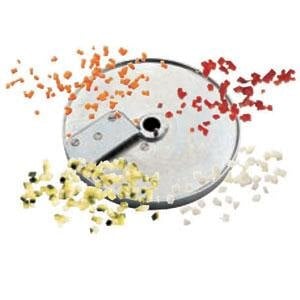
Brunoise Discs
- Very small dice cuts
- Use for: vegetables used to flavor soups and sauces

Whipping Discs
- Whips and thickens
- Use for: Custom whipped cream/butter

Gaufrette / Waffle Discs
- Waffle-style cuts
- Use for: waffle fries, chips, and garnishes

Dicing Kits
- Even, dice-style cuts
- Use for: fruits, vegetables needing precise cut size
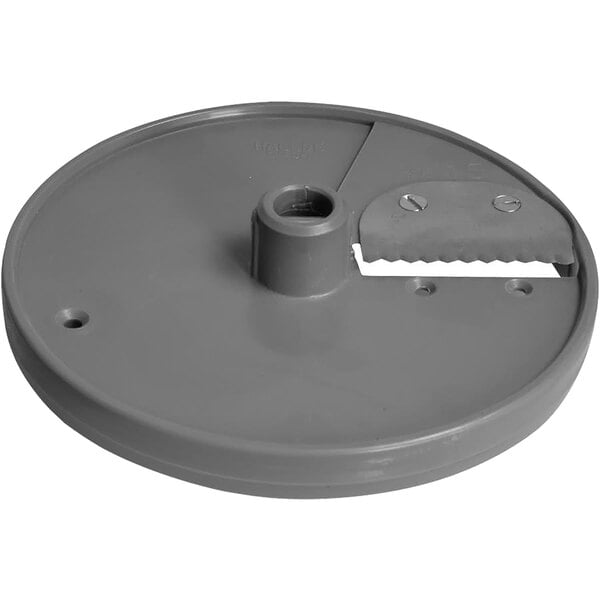
Crimping Discs
- Crinkle/rippled cuts
- Use for: potatoes, beets, carrots, garnishes

- Long, French fry cuts
- Use for: French fries, squash, carrots
Related Resources

Food Processor, Food Chopper, or Food Blender: What's the Difference?
Food processors, food choppers, and food blenders are essential tools when it comes to kitchen prep work . All three units have their place in a commercial kitchen, but how do you know which one to use? We'll outline the features of each appliance to help you choose the best equipment for your operation. What Is a Food Processor? Food processors are electrical countertop appliances with high-power spinning blades that cut foods. Ingredients are added to the processor through a chute, so the operator's hands never come into contact with the razor-sharp blades. Besides chopping, dicing, and grating vegetables, this appliance can blend hummus, mix bread dough, and emulsify dressings. Reach for the food processor when you need to perform a labo
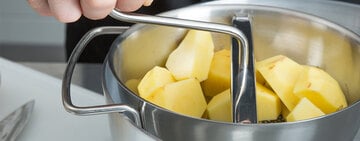
A Guide to Food Mills
Foodservice operators have access to all types of countertop equipment like food processors and blenders, so why invest in a food mill for prepping ingredients? These humble hand-cranked mills may look old-fashioned, but they are extremely useful for creating many types of pasta sauces or seedless berry purees. We'll explain why food mills can be a game-changer for your kitchen and what types of features to look for when you purchase one. Shop All Food Mills
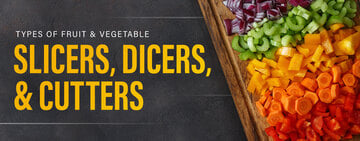
Types of Fruit and Vegetable Cutters
You'll hear fruit and veggie cutters referred to by many names like slicers, dicers, and choppers. Some cutters are specialized to process one type of fresh produce or perform a single cut. Other models are all-purpose cutters that can be used on a variety of fruits, vegetables, and even cheese. The one thing they all have in common is that they will save you precious time in the kitchen. You can produce consistent, quality cuts that ensure customer expectations are met, portions are controlled, and food waste is reduced to a bare minimum. Keep reading to learn more about the types of cutters, or check out our commercial vegetable slicer reviews . Shop All Fruit and Vegetable Cutters
- Topics 1346
- Industrial 55
- Troubleshooting Guides 21
- Restaurant Management 128
- Bar Management 55
- Catering Tips 35
- Bakery Management 42
- Food Trucks & Concessions 49
- Advertising & Marketing 37
- Eco-Friendly Tips 11
- Facility Layout & Design 41
- Coffee Shop Tips 28
- Installation & Maintenance 51
- Janitorial & Pest Control 30
- Safety & Sanitation 88
- Startup Tips 104
- Menu Design 10
- Kitchen & Cooking Tips 81
- Hospitality Management 23
- Pizza & Sandwich Shop Tips 36
- Smallwares 37
- Food Prep 88
- Tabletop Items 17
- Disposables 22
- Calculators & Tools 6
- Consumables 52
- Warewashing & Laundry 18
- Cooking Equipment 90
- Food Storage & Refrigeration 51
- Beverage Equipment 34
- Office Supplies 6
- Resource Type
- In-Depth Articles272
- Buying Guides296
- How-Tos93
- Product Reviews77


